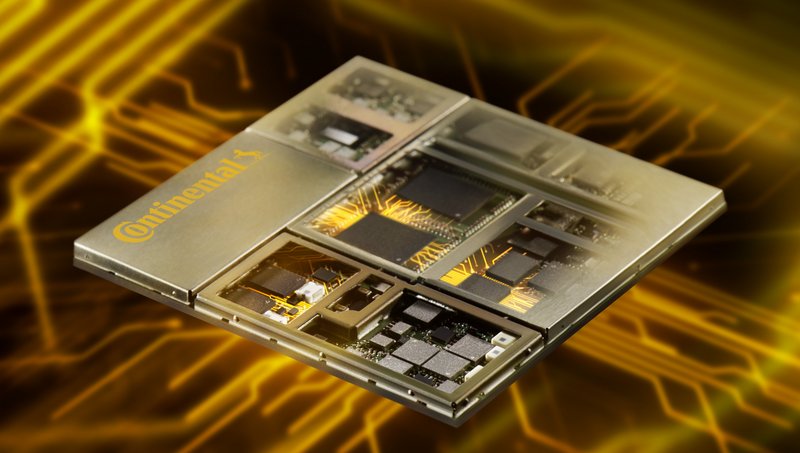Continental wins further serial orders for intelligent antennas and 5G connectivity
- As of 2023, Continental will supply two European vehicle manufacturers with intelligent antenna modules and 5G telematics units
- State-of-the-art range of functions: Intelligent Antenna Module including broadcast reception functionality
- Continental is already working on 4G and 5G telematics projects for vehicle manufacturers worldwide based on its successful 5G Hybrid V2X platform
Regensburg, Germany, July 8, 2020. In the scope of their follow-up projects to current serial orders, two major European vehicle manufacturers have once again decided to work with Continental to supply innovative telematics and antenna solutions. Both projects build on the technology company’s 5G Hybrid V2X platform, which is specifically developed for scalability and flexibility. The vehicle manufacturers can use the platform without substantial customization efforts across global markets. In this way, the solution from Continental helps to reduce the number of variants, resulting in cost reduction for the vehicle manufacturer.
“Digitalization and connectivity are more important than ever before. The new serial orders clearly show that our integrated platform sets the technological basis for the vehicle as a node in the Internet of Everything,” says Johann Hiebl, head of Business Unit Connected Car Networking (CCN) at Continental.
From Network Access to Intelligent Antenna – holistic connectivity from one source
Through the cooperation between Kathrein Automotive, an antennas specialist acquired by Continental in 2019, and Continental’s developers from the fields of connectivity and broadcast, it was possible to develop a highly integrated and intelligent antenna module, which is unique and forward-looking in the market thanks to its scalability and functional scope. The core of the Hybrid V2X Platform, on which the antenna module is based, originates from Continental’s self-developed NAD (Network Access Device). The platform can be integrated into both a 4.5G as well as a 5G version in the current products.
A powerful application processor can execute telematics applications, V2X (Vehicle-To-Everything) applications and even decoding from analog to digital radio reception. The use of the so-called Software Defined Radio makes it possible to realize the most diverse worldwide radio standards by means of pure software variants, without having to develop a specific hardware. Additionally, an integrated, highly precise GNSS receiver enables an exact positioning of the vehicle.
The Intelligent Antenna Module combines a variety of radio applications such as 4G or 5G mobile communications, Wi-Fi, Bluetooth or keyless entry to the vehicle. Furthermore, it enables the vehicle manufacturer to save several meters of antenna cable. A digital high-speed bus is used for communication with the connected control units. Losses on long coaxial cables, which, depending on the application, strongly affect signal quality, are now a problem of the past.
With the forward-looking concept of the Intelligent Antenna Module, Continental meets the ever-increasing concentration of functions in a few central, powerful control units. As a result, the company offers the answer to the requirements for the architecture of tomorrow’s vehicle electronics and can offer the market the most comprehensive portfolio for automotive connectivity.
Already third telematics project with C-V2X functionality for Chinese market
By winning the next contract, Continental underscores its position as a market leader and demonstrates that its innovative Hybrid V2X Platform can fulfill various connectivity requirements. Thus, besides 4G and 5G mobile phone connection, it enables direct communication among vehicles via the so-called Cellular-V2X-Standard. This feature will be relevant for the Chinese market’s variant. Additionally, it can also support the Wi-Fi-based IEEE 802.11p standard without significant development efforts and therefore suits global requirements.
„Continental shares a belief with our customers that the new telematics unit is a central element of vehicle electronics. This common view already shows the important role that vehicle connectivity plays today,” says Hiebl. “It is no longer just a pure connection to the outside world for infotainment applications, but rather a key element of the fully connected vehicle, enabling over-the-air updates for the entire vehicle software. With V2X, the telematics unit increases road security and is also a prerequisite for smart and efficient mobility.”
The serial production of both products is planned for 2023 and in each case includes several variants for many vehicle models worldwide.

Sebastian Fillenberg
Head of External Communications
Continental Automotive



